Che Lau is one of the difficult border villages of Na Meo border commune, Quan Son district ( Thanh Hoa ). The village was formed in 1989 during the migration of the H'Mong ethnic community in Nhi Son commune and Pu Nhi commune of Muong Lat district.
The village is located precariously on the slopes of high mountains, so before there was a road, the people's lives were full of difficulties. The road was difficult, and there was no electricity or radio waves. The Mong people of Che Lau village lived in endless poverty. Their cramped lives continued like that, the children were raised on young corn kernels or cassava. As for the adults, they went into the old forest to cut bamboo and rattan and dragged them down to the Na Meo International Border Gate to exchange for rice and cows to improve their lives after months of eating corn and cassava.
Not only are there economic and travel difficulties, the villagers are also bound by invisible spiritual strings from countless previous lives.
Thanks to the intervention of the Party Committee and the government, Che Lau village is now different from the past with concrete roads, backward customs have been eliminated, replaced by a new way of life.
New lifestyle in Che Lau border village. Photo: Internet
In 2021, the road from Son village to Che Lau was concreted. Since the road and electricity were built, the lives of the people here have changed. The gloomy spaces of poverty and the confinement of bad customs have been pushed back, giving way to the light of electricity, the light of civilization.
Since then, the sighs of the mountains for generations have begun to be replaced by the babbling sounds of children studying in the village. Some grocery stores have also sprung up here to serve the people. The previous crooked houses have been firmly rebuilt and numbered, the concrete roads have begun to be named. Since the day electricity was installed, the village's quiet life suddenly became noisy, with all kinds of engines, motorbikes, cars, milling machines, wood planers for house building, the sound of televisions... The small road leading from the main road to the ancient sa mu roofs has also been firmly concreted.
The clean and beautiful houses of the people of Che Lau village. Photo: Internet
Since the arrival of electricity, roads, and telephone signals, people's lives have turned a new page. Instead of being left in the kitchen to eat gradually like in previous years, traders now come to buy their agricultural products at home. With money, people have begun to renovate their houses, buy necessary items, and all school-age children are able to go to school.
In particular, since the government's propaganda campaign, the backward customs of the people such as funerals and weddings lasting for weeks, which are both costly and polluting, are now put in coffins, and ceremonies are organized in a short time within 2 days. This is considered an important step forward in the cultural life of the village.
In addition, the backward farming practices of self-sufficiency have now been changed. People have proactively invested in buying new, short-term, high-yield plant varieties for planting. Concentrated agricultural areas have begun to form to develop into regional specialty products.
To support the people, many economic development projects have been brought here by the authorities at all levels such as: bamboo planting project, high-yield black pig breeding project... Through these projects, the mentality of waiting and relying on others of a part of the people in the village has been gradually eliminated. People have proactively done economic activities to escape poverty.
Recently, with the support of the Department of Agriculture and Rural Development, the Agricultural Service Center of Quan Son district, the Border Guard Station of Na Meo International Border Gate, Na Meo commune, has piloted planting 2 hectares of yellow-heart taro in the village. This is a type of plant that has been grown by the people of Che Lau village in small scale, serving the lives of households for generations. When planned to be planted on a large scale, it will contribute to increasing income and a sustainable way out of poverty for people in the border area.
With the attention of the Party and the State, "leaving no one behind", along with the efforts of the people, Che Lau village has been gradually built with spacious facilities and a civilized life. The lives of the people have also gradually changed and together they have joined hands to build the village to become more and more developed.
Secretary of the Na Meo Commune Party Committee Pham Duc Luong said: With the attention of the Party and the State, along with the propaganda campaign of the local government, people's lives have gradually changed. People have begun to gradually shift from self-sufficient agricultural production to commodity production with high economic efficiency.
Now, the whole village is filled with joy and happiness as life has gradually improved. This is considered a great "reform", eliminating the bad customs that have been haunting them for so long. They are walking on a new path with new thinking and new ways of doing things, as a shortcut to narrowing the gap between rich and poor regions in Thanh Hoa./.
Kim Oanh


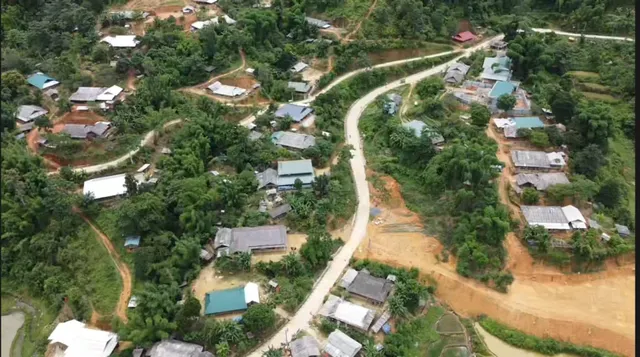
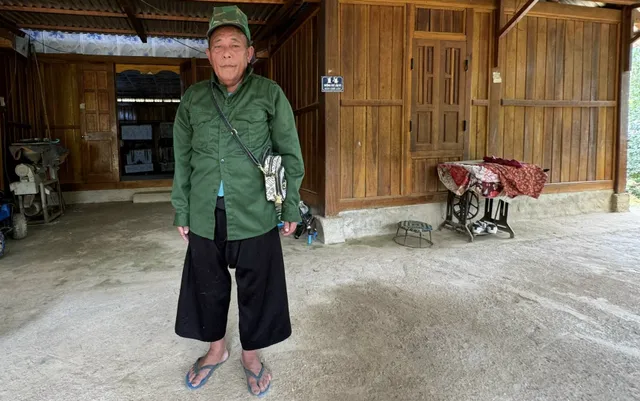

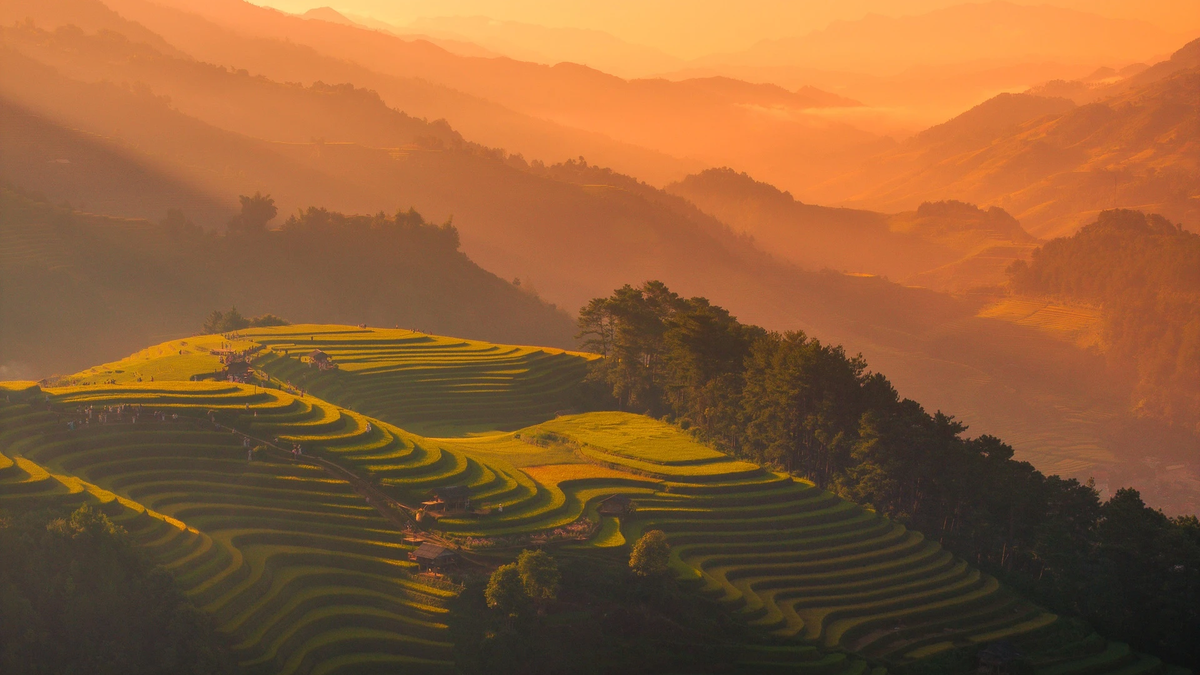
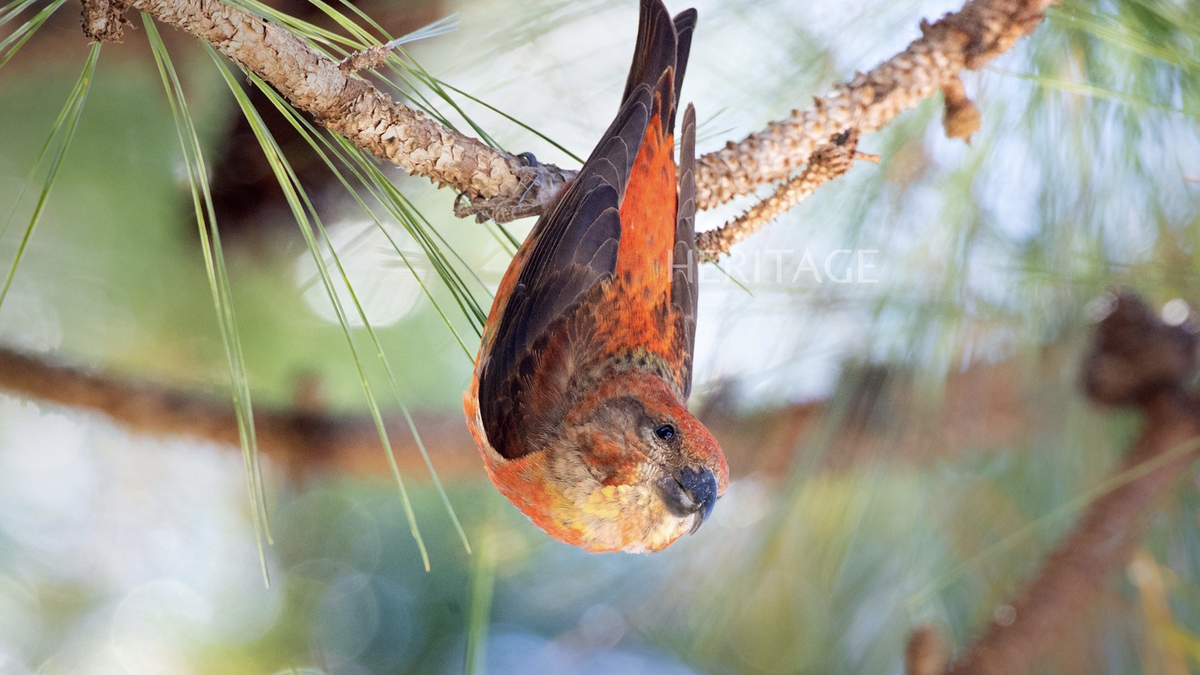
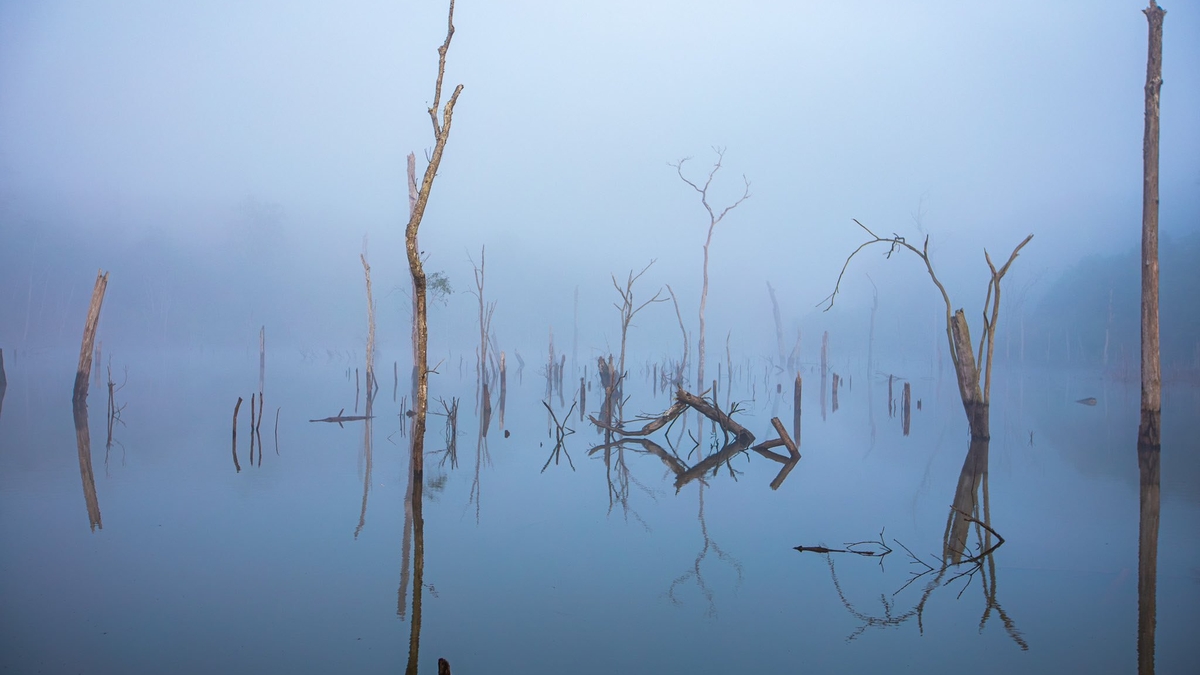







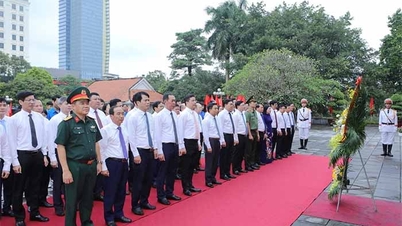
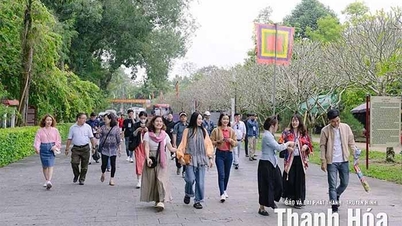
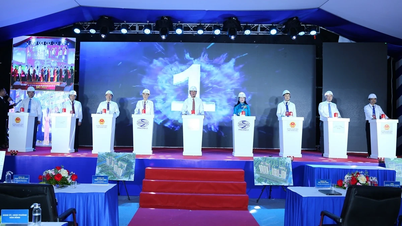






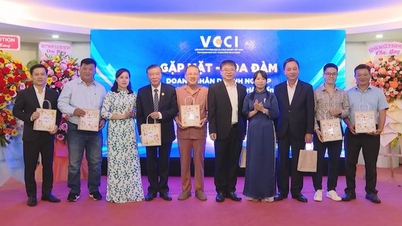
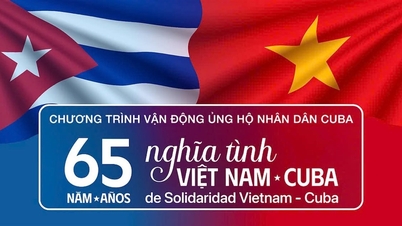
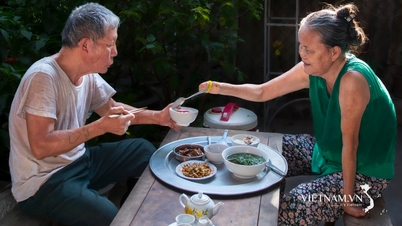
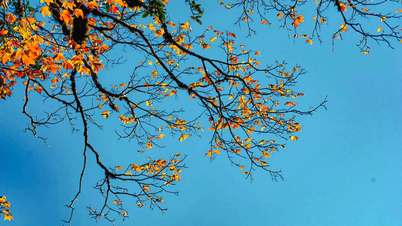

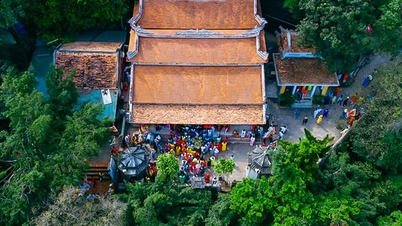



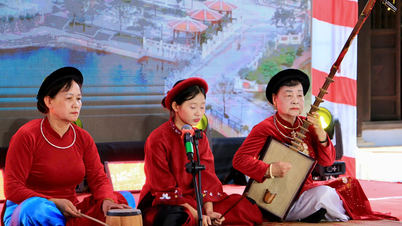

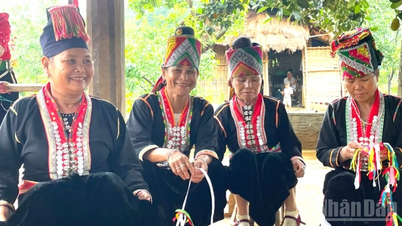

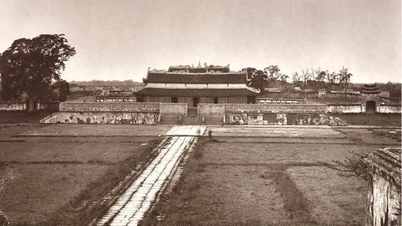

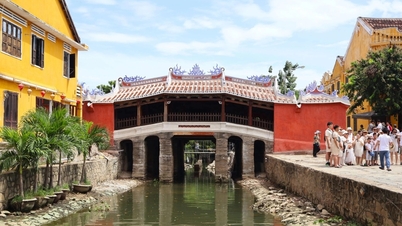












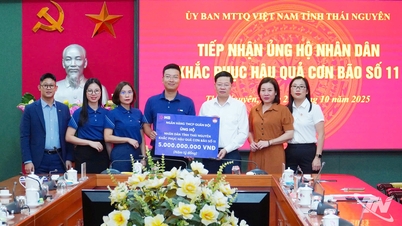



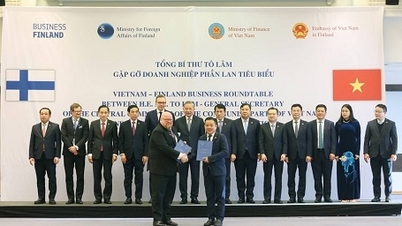















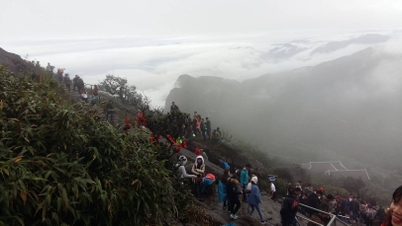



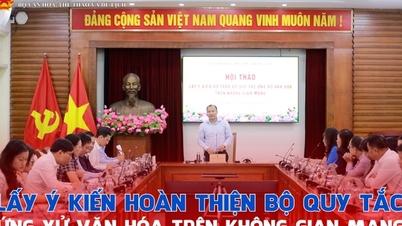
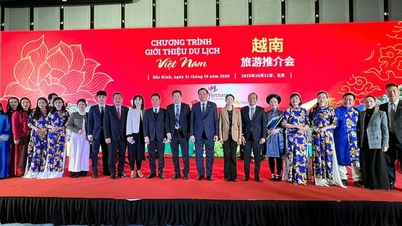

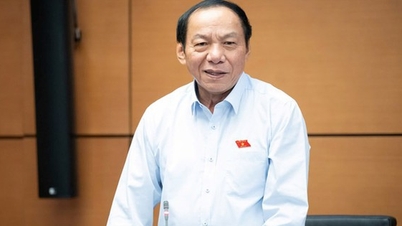



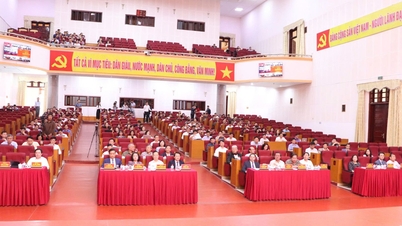

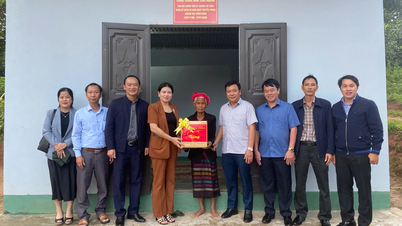

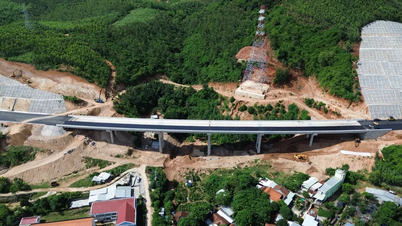








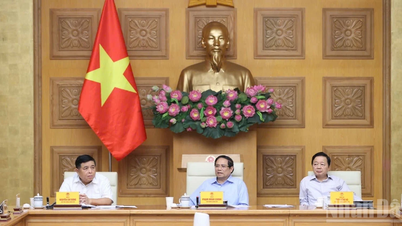
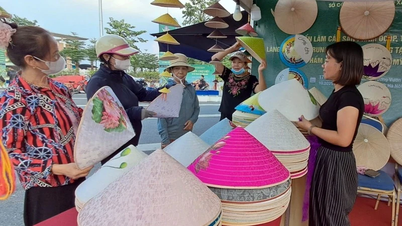


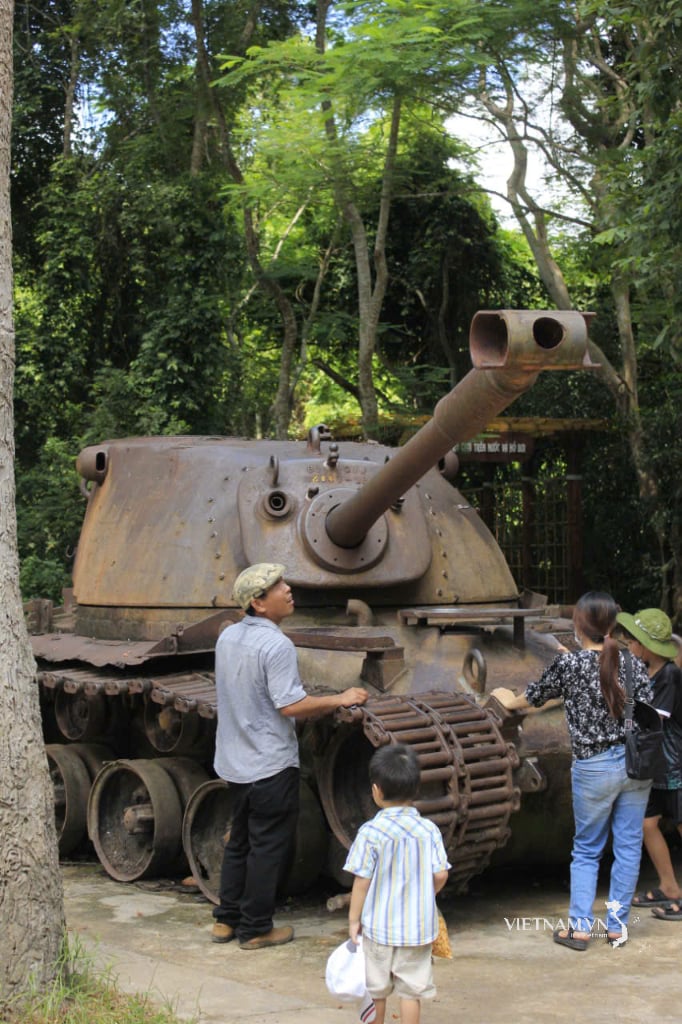
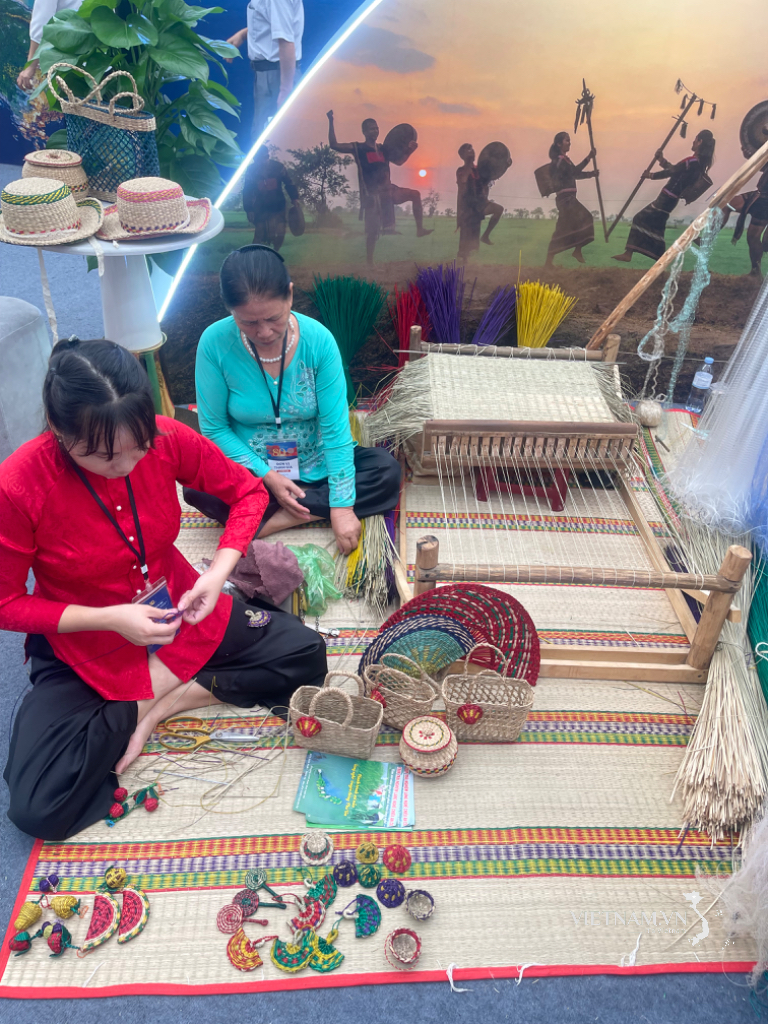
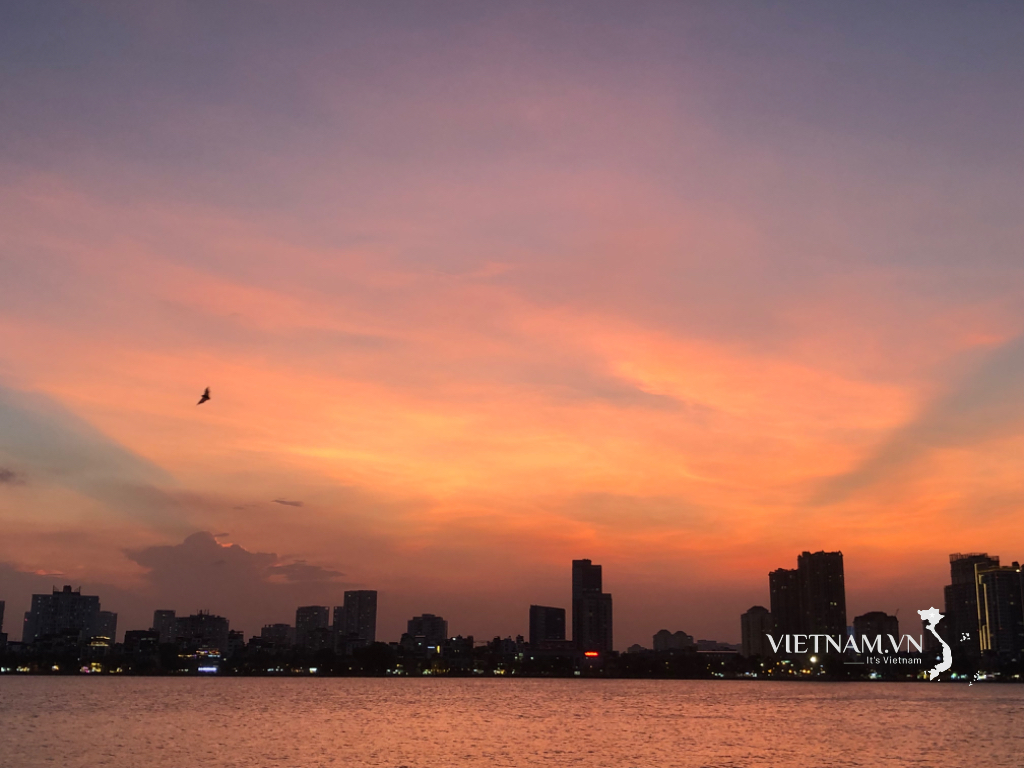
Comment (0)